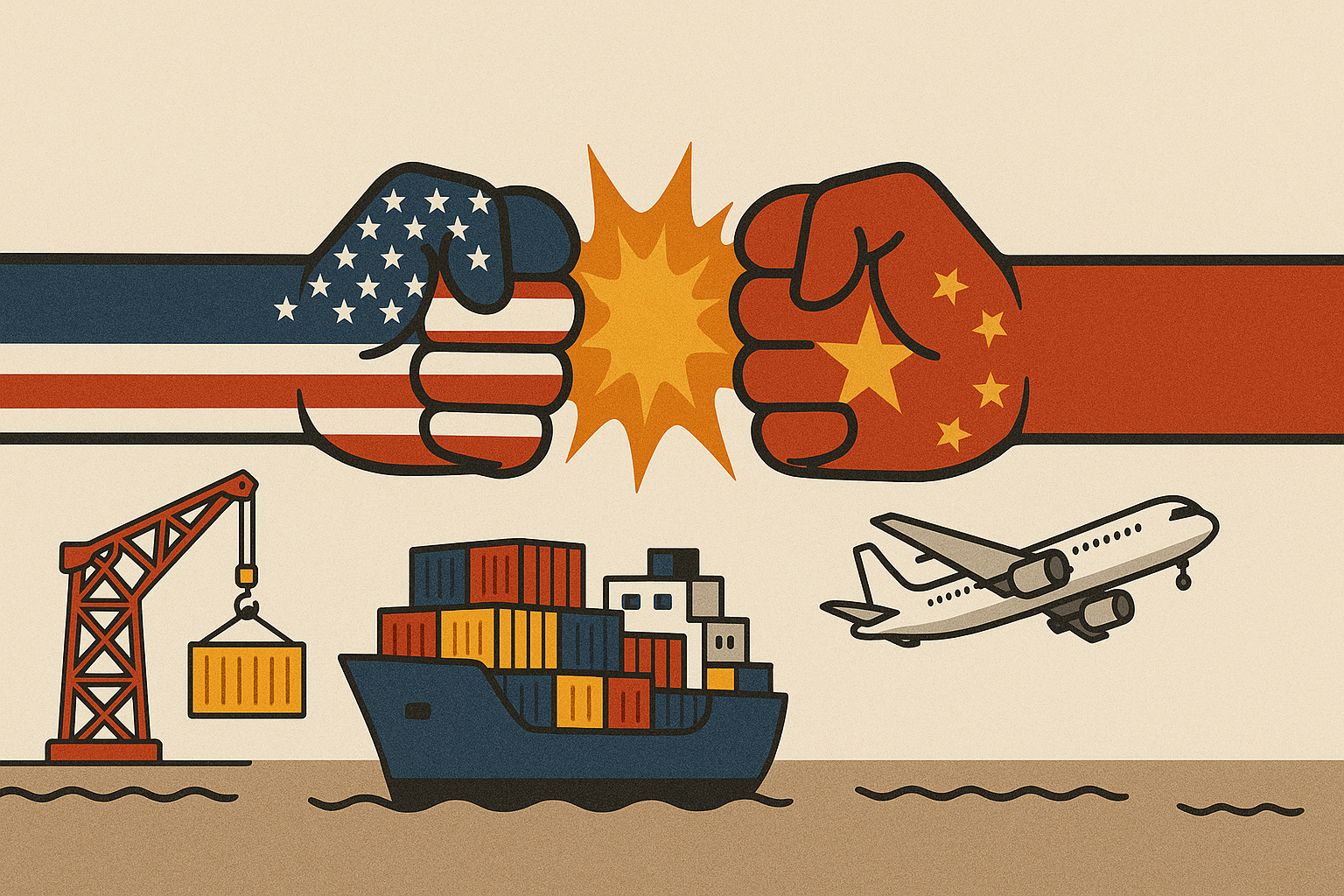
The US-China trade war began in 2018 due to concerns over trade imbalances and intellectual property rights, leading to significant disruptions in global trade.
The trade war commenced with the U.S. imposing tariffs on Chinese goods, citing unfair trade practices and intellectual property theft. China retaliated with its own tariffs, escalating tensions. This tit-for-tat led to increased costs for businesses and consumers worldwide, disrupting supply chains and slowing global economic growth.

How Have Tariffs Impacted Global Manufacturing Industries?
Tariffs have increased production costs and forced manufacturers to reevaluate supply chains, leading to shifts in global manufacturing hubs.
Manufacturers faced higher input costs due to tariffs on raw materials and components. This prompted companies to diversify their supply chains, moving production to countries like Vietnam and India to mitigate risks. Such shifts have reshaped global manufacturing landscapes.
What Are the Long-Term Effects on Global Trade Dynamics?
The prolonged trade war has led to a reconfiguration of global trade alliances and a push towards regional trade agreements.
As the US and China imposed tariffs, other nations sought to strengthen regional trade ties. Agreements like the Comprehensive and Progressive Agreement for Trans-Pacific Partnership (CPTPP) gained prominence, altering global trade dynamics and reducing reliance on traditional trade routes. AP News
How Has the Trade War Influenced Technological Advancements?
The trade tensions have accelerated technological self-reliance, with countries investing more in domestic tech industries.
Facing restrictions on technology exports, China intensified efforts to develop its own semiconductor and AI industries. Similarly, the U.S. increased investments in domestic tech manufacturing, aiming to reduce dependence on foreign suppliers.
What Role Does Generative AI Play in Navigating Trade Challenges?
Generative AI aids manufacturers in optimizing supply chains and forecasting market trends amidst trade uncertainties.
By analyzing vast datasets, generative AI provides insights into potential supply chain disruptions and helps in strategic planning. This technology enables companies to adapt swiftly to changing trade policies and market demands.
How Are Small and Medium Enterprises (SMEs) Coping with the Trade War?
SMEs face greater challenges due to limited resources but are adopting innovative strategies to stay competitive.
Unlike large corporations, SMEs often lack the capital to absorb increased costs or relocate production. To cope, many are focusing on niche markets, enhancing product quality, and leveraging digital platforms to reach new customers.
What Opportunities Have Emerged from the Trade War?
The trade war has opened avenues for emerging economies to become alternative manufacturing hubs.
Countries like Vietnam, India, and Mexico have attracted foreign investments as companies seek to diversify production bases. This shift offers these nations opportunities to boost their manufacturing sectors and integrate into global supply chains.
How Has Consumer Behavior Changed Due to the Trade War?
Consumers are experiencing higher prices and are becoming more conscious of product origins.
Tariffs have led to increased prices for goods, prompting consumers to seek alternatives or delay purchases. There’s also a growing awareness and preference for domestically produced items, influencing purchasing decisions.
What Measures Are Governments Taking to Mitigate Trade War Impacts?
Governments are implementing policies to support affected industries and promote economic resilience.
Initiatives include financial aid packages for impacted sectors, incentives for domestic manufacturing, and efforts to negotiate new trade agreements to open alternative markets.
What Is the Future Outlook for Global Manufacturing Post-Trade War?
Global manufacturing is expected to become more decentralized, with increased emphasis on resilience and adaptability.
The trade war has highlighted vulnerabilities in concentrated supply chains. Future strategies will likely focus on diversification, technological integration, and building more robust and flexible manufacturing networks.









